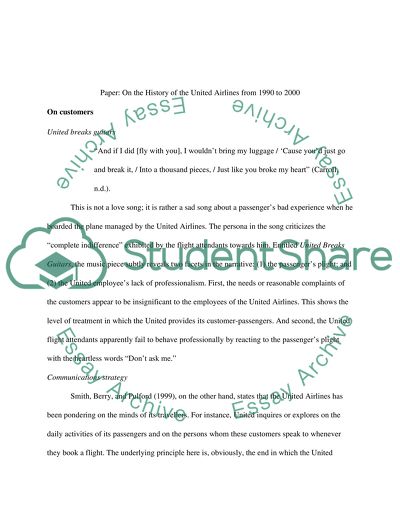Cite this document
(“United Airline history (from 1990 to 2000) Research Paper”, n.d.)
Retrieved from https://studentshare.org/history/1410176-united-airline-history-from-1990-to-2000
Retrieved from https://studentshare.org/history/1410176-united-airline-history-from-1990-to-2000
(United Airline History (from 1990 to 2000) Research Paper)
https://studentshare.org/history/1410176-united-airline-history-from-1990-to-2000.
https://studentshare.org/history/1410176-united-airline-history-from-1990-to-2000.
“United Airline History (from 1990 to 2000) Research Paper”, n.d. https://studentshare.org/history/1410176-united-airline-history-from-1990-to-2000.


